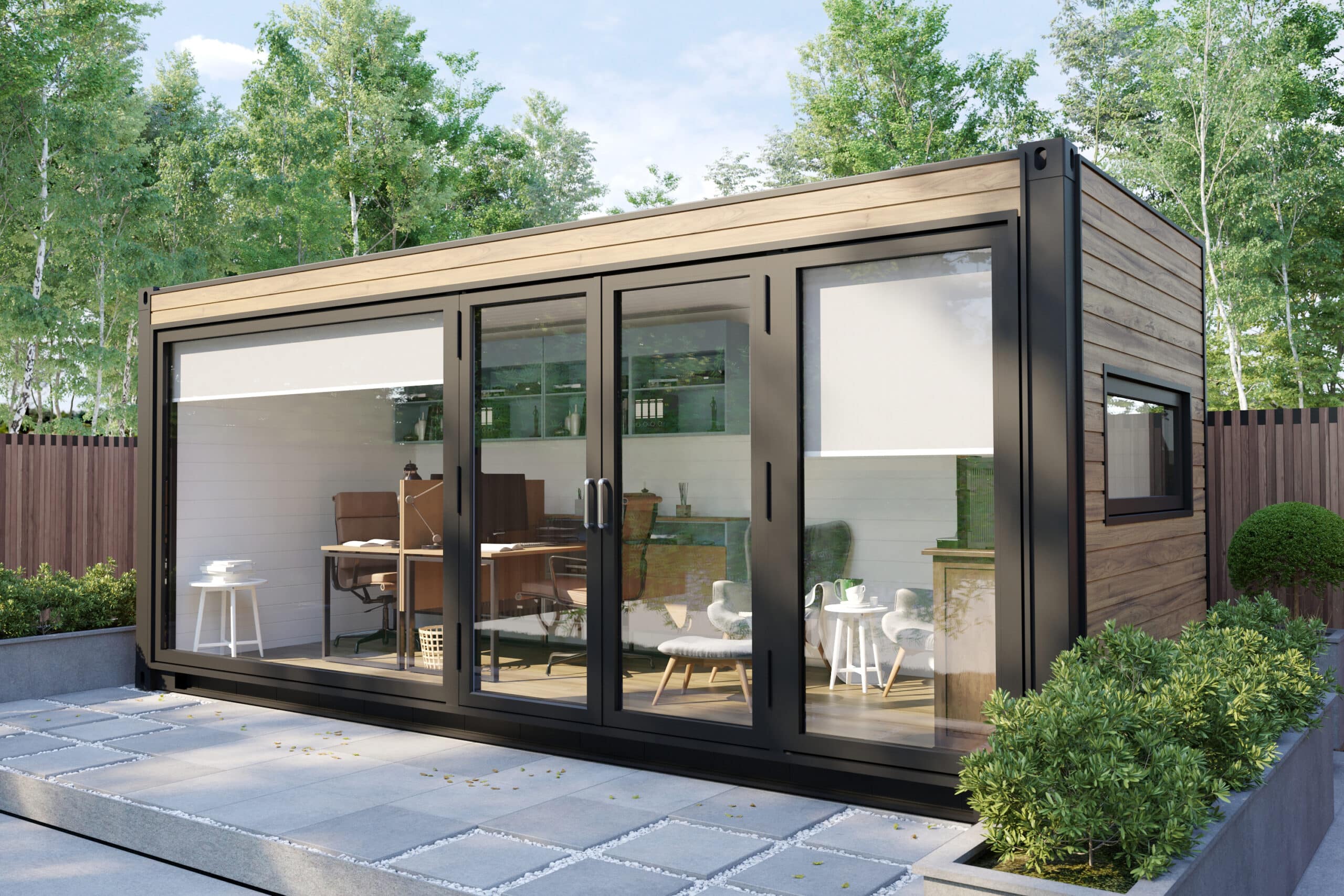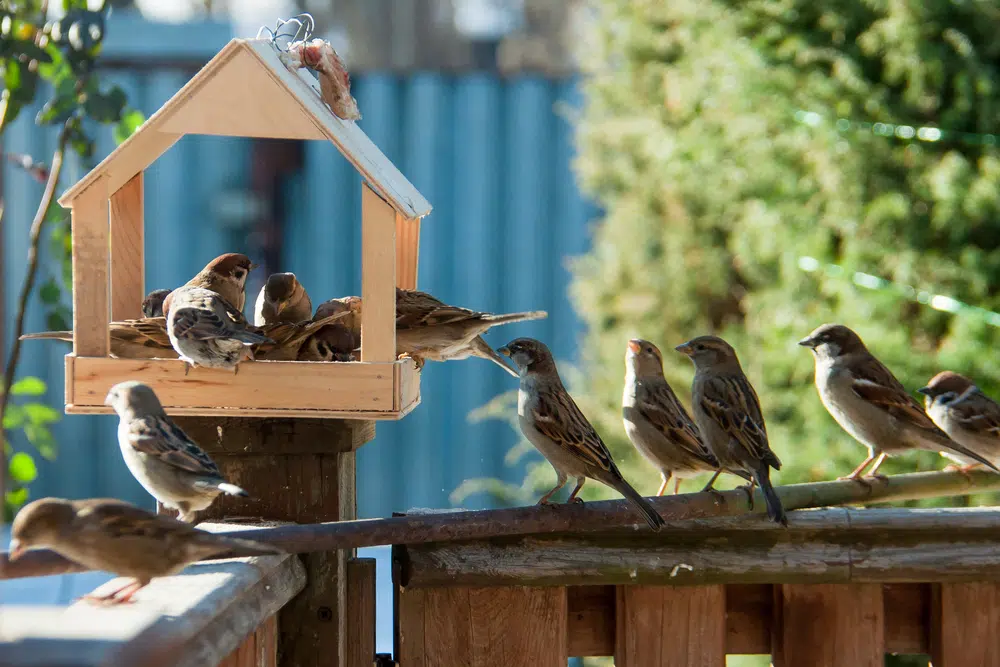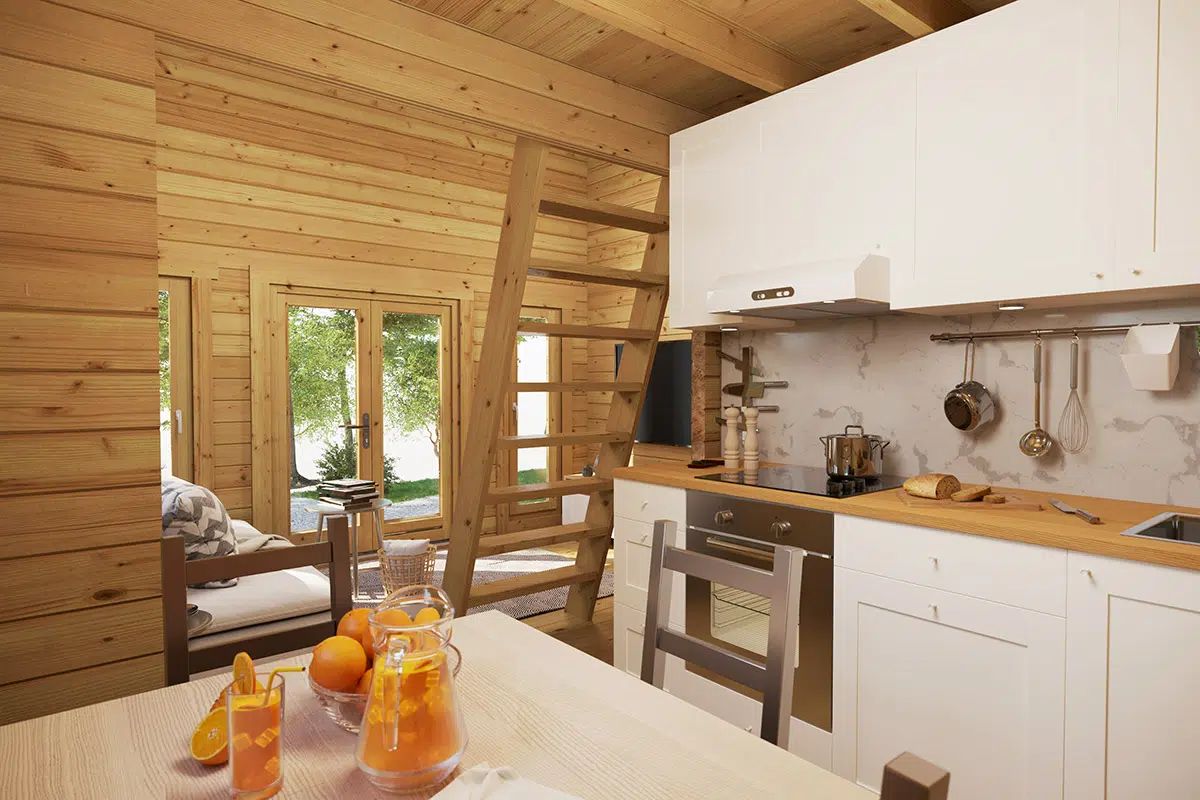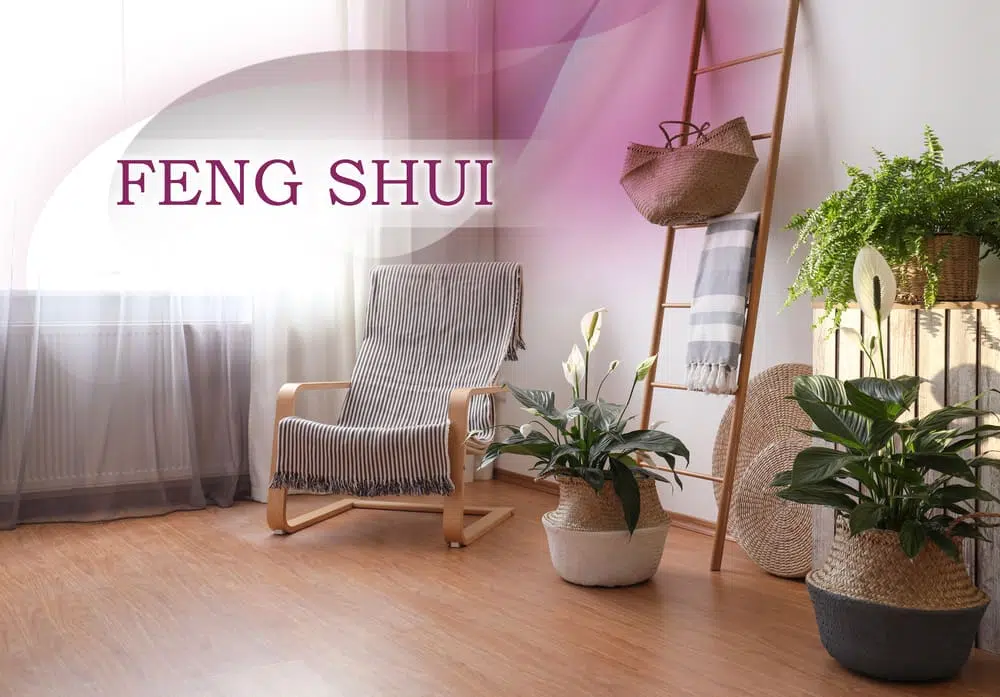Preparing Your Summer House For a Rainy Autumn
27.07.2017
Autumn is often the time when we sit in the summer house and hear the rain splattering or drizzling onto the roof. Nobody really loves rain, but every gardener will know its value for nature. Nature will always be much better able to cope with too much water than with too little. Water is the underlying substance of all life on this planet so we should be grateful for every drop of it. However, for the summer house, water is somehow not as welcome. The dryness of the wooden planks is what conserves them. Water would make them return to nature, turn to rot, to become food for fungi, bacteria, and insects, to reenter the circle of life.
So as much as we welcome water in the garden, we will have to protect our summer houses from it in order to ensure a long lifespan and have as little repair and maintenance effort as possible. Any signs of fungi in the wood that you can spot from the inside should ring the alarm. Ideally, the wood should be too dry to give them a chance to live. Another thing is it with mosses, algae or lichens on the outside, for example at the weather side of the garden shed. These may occur naturally, but they can highlight areas, where a lot of rain reaches the wood, and where therefore regular maintenance, cleaning, and treatment with water repellent coating is indicated.
How to keep your summer house dry in the rainy season
As rain usually comes mostly from above the roof is the first part of the summer house to look at in your measures to keep the wooden shed dry. Take the extra effort to walk to your summer house during the rain with an umbrella and have a close look on the roof from the inside. Any wet spots are alarming signals calling for a thorough investigation. Repairs of the roof usually will be done best as soon as everything is dried up again and the weather is fine.
The second priority should be on water or moisture from the ground which can be equally detrimental to your wooden garden room. The area below the summer house should be well drained and the floor should be properly ventilated from below.
Oftentimes ventilation is well taken care of during the construction period, but later the summer house settles more and more into the nature of the garden, and it just looks so beautiful, but in the end, the surrounding vegetation gets so thick that ventilation of the underfloor is seriously clogged. Even this doesn’t necessarily mean that there will be a problem, but if there is a problem with moist wood in the lower parts then this should be rectified as ventilation is needed to get the wood dry again. Rotten parts will have to be exchanged, of course.
Drainage of the ground can get clogged, too, for example by foliage.
The third way for the summer house to get wet during a rainy autumn is by rain being blown onto the wall. Generally, even before the construction begins, planning for large roof overhangs is recommendable. They will protect the upper parts of the walls from rain, drizzle, thick fog, snow and additionally, they will provide for some storage space on the outside of the garden shed. Also, the space directly below the roof can be used to hang things there. For example, the roof overhang on the dryer side will be a perfect place for drying herbs from the garden there.
However, the wall, at least the lower half of it on the weather side will still get wet regularly and should be treated according to the specific needs of the wood species your summer house consists of. If you happen to own a summer house with only small roof overhangs you should treat the entire wall and not only the lower half.
A rain garden will add diversity to the landscape around the summer house
If you happen to have a dip in the garden where rainwater accumulates anyway instead of filling it up to make a plain lawn surface you could use this to your advantage and add a little diversity to your flora, fauna, and landscape and make a rain garden out of it.
You could look for local plants growing in swamps or under very moist conditions to create a little wet biotope filled with reeds and lush wetland vegetation. Of course, it is also an option to excavate such a dip on purpose, maybe seal the lowest part with clay to create a permanent little natural pond.
This could also be the place where the drainage from the summer house set on a more elevated part of the plot goes, or you could feed it with additional water from the overflow of your rain barrel.
Some garden furniture may also profit from maintenance during a rainy autumn
As soon as the summer days are over and possibly rainy autumn is on the rise, some garden furniture might be well-kept in the summer house, under the roof of the terrace or veranda, if your summer house has this or at least be protected with watertight covers which can quickly be removed should a sunny autumn day call for a little garden holiday. Still, the cushions are best kept inside the dry summer house, maybe in a bag to ensure that no mice will nest in there.
Garden furniture with metal structures and hinges like Hollywood Swings should be checked for rust, red spots sanded and painted, and hinges greased, in time while the weather is still dry and well before the wet season has arrived.
If you use your summer house to rest from gardening, you might think of some devices to put wet rain coats or muddy wellies on without drenching the wooden floor too much.
Categories:
Useful TipsWant to discuss over phone. Let us call back to you
If you need any additional info regarding any product, please fill in the below form and we will get back to you, usually the same or next working day.
Have any questions regarding some product?
If you need any additional info regarding any product, please send us your questions.



